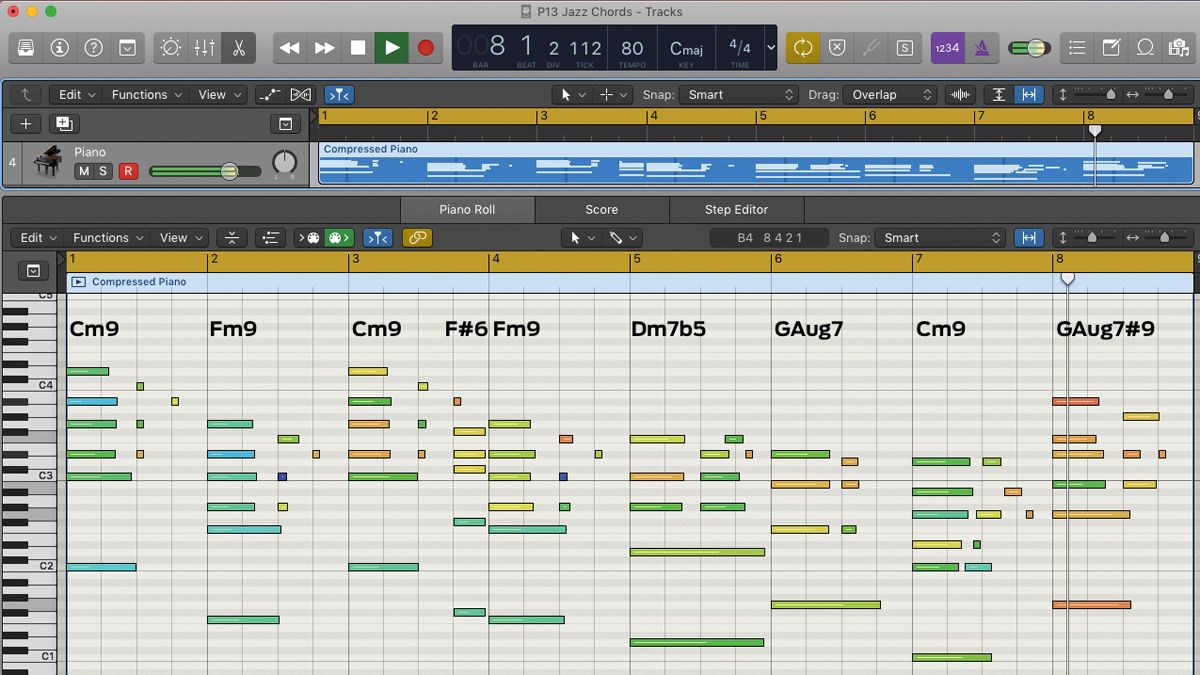How to create simple jazz, funk and gospel chords
Discover some of the jazz muso’s secret weapons

From a music theory perspective, jazz, gospel and funk are probably the most technically advanced genres, with exotic chord names like ‘minor seven flat five’ and ‘augmented seven sharp nine’ thrown about with abandon.
We’re not going to go too deep down the rabbit hole here - there are entire books dedicated to the subject on its own - but essentially, jazz is all about altering the chord in some way to make it sound different, while at the same time maintaining the basic harmonic progression of the tune.
Occasionally, just one note - usually a fifth or ninth - will be altered, or maybe a chord will be swapped out for a totally different one that has the same function in the progression - a tactic known as substitution.
On this page, you’ll find formulae to some of the more common altered chord types you’ll need to be aware of if you intend to start exploring this type of sound.
For more genre-spanning music theory advice, check out the September issue of Computer Music (CM246).
The m7b5 chord formula
The minor seven flat five (m7b5) chord is the jazz muso’s secret weapon. It’s derived from a regular minor seventh chord but with the fifth moved down in pitch (flattened) by one semitone.
The formula for a regular minor seventh chord is 1-b3-5-b7, which in the key of C would give us C-Eb-G-Bb. However, if we also flatten the fifth, we get 1-b3-b5-b7, or C-Eb-Gb-Bb - Cm7b5.
Get the MusicRadar Newsletter
Want all the hottest music and gear news, reviews, deals, features and more, direct to your inbox? Sign up here.
Jazz chords
We’ve composed a short progression using some of the more common chord types in jazz, funk and gospel styles.
The first four bars are alternating Cm9 (C-Eb-G-Bb-D) and Fm9 (F-Ab-C-Eb-G) chords. However, just before the second Fm9, we’ve inserted a passing chord - F#6 (F#-C#-D#-F#-A#. Passing chords are chords that you ‘pass’ through to get from one chord to another - the F#6 works because its notes are nearly all one semitone away from those of the target chord (Fm9).
Following this, we have Dm7b5 (as detailed above), then a Gaug7 in bar 6 - this is a G7 chord with a raised fifth (G-B-D#-F), but with the G removed from the right hand and played only in the bass. Bar 7 contains another Cm9, then we ramp up the tension in bar 8 with a Gaug7#9 (G-B-D#-F-A#). To make this stonker of a chord, simply form a regular ninth chord (1-3-5-b7-9), then raise both the fifth and ninth by one semitone.
Computer Music magazine is the world’s best selling publication dedicated solely to making great music with your Mac or PC computer. Each issue it brings its lucky readers the best in cutting-edge tutorials, need-to-know, expert software reviews and even all the tools you actually need to make great music today, courtesy of our legendary CM Plugin Suite.
Most Popular





